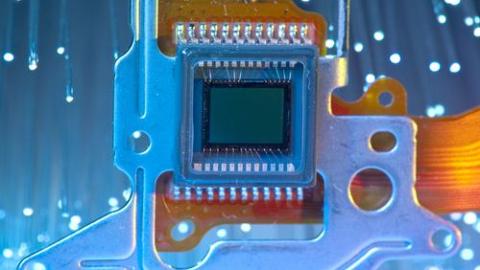Reinventing the Server for the Internet Age

What’s the Latest Development?
When the director of MIT’s Computer Science and Artificial Intelligence Laboratory makes a breakthrough, he launches a start up. Anant Agarwal’s latest company is called Tilera and it aims to market a computer chip crammed with 100 processors, or cores, dwarfing current high-end chips that contain a mere 16. As Facebook and Google have begun designing their own servers to meet the steep demands of online data crunching, they are looking to Agarwal to help them redesign the server for the Internet age.
What’s the Big Idea?
Agarwal compares today’s chips to a bus with cores hanging sloppily off its sides. His new 100-core chips, which use a mesh network to facilitate communication between individual processors, function more like a social network, he says. But Agarwal is already looking past the 100-core chip as he takes the reigns of a new MIT project dubbed the Angstrom project: “It’s one of four DARPA-funded efforts aimed at building exascale supercomputers. In short, it’s aiming for a chip with 1,000 cores.”
Photo credit: shutterstock.com





